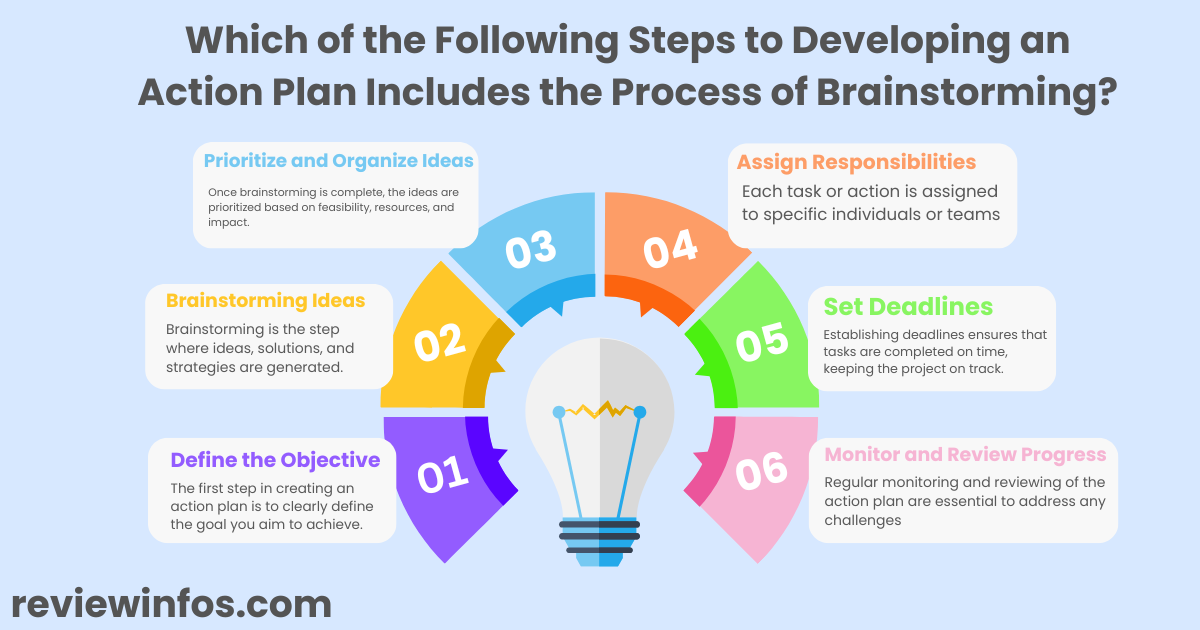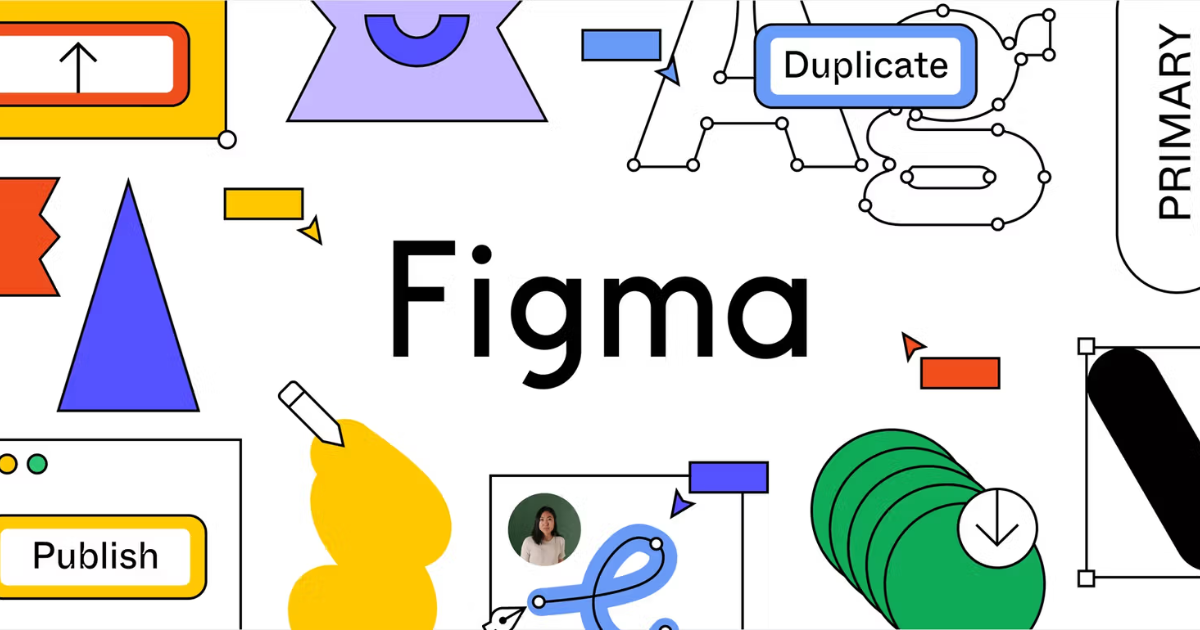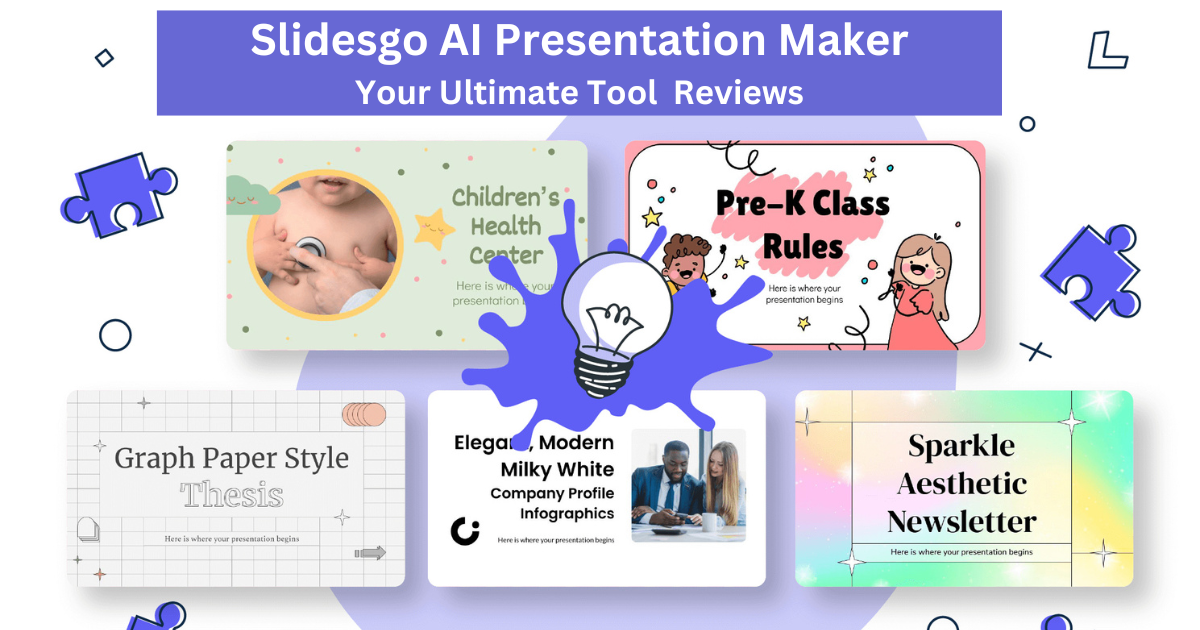An action plan is a crucial tool for achieving objectives and ensuring success in personal, academic, or professional settings. One of the most critical steps in creating an action plan is the brainstorming process. This article will provide a comprehensive guide to the role of brainstorming in action plan development, offering insights into the steps, benefits, and best practices for effective planning.
Importance of an Action Plan
An action plan serves as a roadmap that breaks down larger goals into manageable tasks. It ensures clarity, alignment, and accountability, making it easier to track progress and achieve desired outcomes. Incorporating brainstorming into this process enhances creativity, fosters collaboration, and identifies innovative solutions to potential challenges.
Steps to Developing an Action Plan
1. Define the Objective
The first step in creating an action plan is to clearly define the goal you aim to achieve. This step ensures everyone involved understands the purpose and aligns their efforts accordingly.
2. Brainstorming Ideas (Key Step)
Brainstorming is the step where ideas, solutions, and strategies are generated. It involves gathering input from team members or stakeholders to identify the most effective ways to achieve the objective. During this phase, creativity and open communication are encouraged to explore all possibilities without judgment.
3. Prioritize and Organize Ideas
Once brainstorming is complete, the ideas are prioritized based on feasibility, resources, and impact. This step helps streamline the plan and ensures the most viable options are implemented.
4. Assign Responsibilities
Each task or action is assigned to specific individuals or teams, ensuring accountability and clarity on who is responsible for what.
5. Set Deadlines
Establishing deadlines ensures that tasks are completed on time, keeping the project on track.
6. Monitor and Review Progress
Regular monitoring and reviewing of the action plan are essential to address any challenges, make adjustments, and ensure the plan stays aligned with the objectives.
Best Practices for Brainstorming in Action Plan Development
- Create a Supportive Environment: Encourage open communication and ensure all participants feel valued.
- Use Visual Aids: Tools like mind maps or sticky notes can help visualize ideas and foster creativity.
- Set Time Limits: Avoid prolonged sessions by setting a specific time frame for brainstorming.
- Facilitate Collaboration: Include diverse perspectives to enrich the brainstorming process.
Benefits of Brainstorming in Action Plan Development
| Benefit | Description |
|---|---|
| Encourages Creativity | Generates innovative and out-of-the-box ideas. |
| Promotes Collaboration | Brings together diverse perspectives for better solutions. |
| Identifies Potential Risks | Helps foresee challenges and develop strategies to mitigate them. |
| Enhances Engagement | Increases involvement and ownership among team members. |
| Improves Decision-Making | Provides a broader range of options to choose the most effective solution. |
FAQs
Q: Which step in developing an action plan involves brainstorming?
Brainstorming occurs in the second step, where ideas and solutions are generated collaboratively to achieve the defined objectives.
Q: Why is brainstorming important in action plan development?
Brainstorming fosters creativity, promotes collaboration, and helps identify innovative solutions and potential risks.
Q: How can I make brainstorming sessions more effective?
Encourage open communication, use visual aids, set time limits, and include diverse perspectives to make sessions more productive.
Q: What tools can be used during brainstorming?
Tools like mind mapping software, sticky notes, whiteboards, or collaborative platforms like Miro and Trello can enhance the brainstorming process.
Conclusion
Brainstorming is a pivotal step in developing an action plan, enabling the generation of creative solutions and ensuring collective buy-in from stakeholders. By following the outlined steps and best practices, you can create a comprehensive action plan that is both effective and adaptable. Whether for individual goals or team projects, incorporating brainstorming into your planning process will set you on the path to success.



